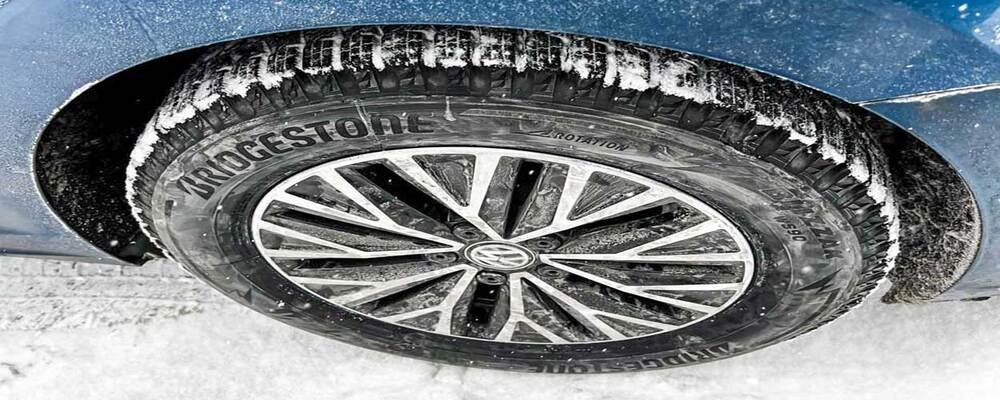Understanding Temperature and Tire Performance
When it comes to driving during the winter months, having the right tires can make all the difference in terms of safety and performance. Bridgestone winter tires are specifically designed to provide optimal traction and handling in cold weather conditions, including snow and ice. However, a common question that arises is whether it is safe to drive on Bridgestone winter tires in temperatures above 45°F in the USA.
Temperature Range and Tire Composition
It is essential to understand that winter tires, including those manufactured by Bridgestone, are formulated with a specific rubber compound that remains flexible in cold temperatures. This flexibility allows the tire to grip the road better in icy and snowy conditions. However, as temperatures rise above 45°F, the rubber compound in winter tires can start to become too soft, leading to decreased tread life and reduced performance.
Effect of Warm Temperatures on Winter Tires
Driving on Bridgestone winter tires in temperatures above 45°F can result in several negative consequences. The softer rubber compound may wear out more quickly, reducing the overall lifespan of the tire. In addition, the softer rubber may also lead to decreased fuel efficiency, as the tires may not roll as smoothly on warmer road surfaces.
Moreover, the tread pattern on winter tires is specifically designed to bite into snow and ice, providing the necessary traction for safe driving in winter conditions. In warmer temperatures, this aggressive tread pattern can cause increased road noise and a less comfortable driving experience.
Alternatives for Driving in Warmer Temperatures
If you find yourself needing to drive on Bridgestone winter tires in temperatures above 45°F, there are a few alternatives to consider. One option is to switch to all-season tires, which are designed to perform well in a variety of weather conditions, including both cold and warm temperatures. All-season tires offer a good compromise between the traction of winter tires and the durability of summer tires.
Another option is to invest in a set of performance tires specifically designed for warmer weather. These tires are formulated with a different rubber compound that remains stable at higher temperatures, providing enhanced grip and handling on dry and wet roads. However, it is important to note that performance tires may not offer the same level of traction in winter conditions as dedicated winter tires.
Best Practices for Tire Maintenance
Regardless of the type of tires you choose to drive on, proper tire maintenance is essential for ensuring optimal performance and safety. Regularly check the tire pressure to ensure it is at the manufacturer’s recommended level, as underinflated or overinflated tires can affect handling and fuel efficiency.
Additionally, rotating your tires regularly can help promote even wear and extend the lifespan of the tires. It is also important to inspect the tread depth periodically and replace the tires when the tread wears down to the recommended minimum depth to maintain traction on the road.
Conclusion
In conclusion, while Bridgestone winter tires are designed to excel in cold weather conditions, driving on them in temperatures above 45°F can impact their performance and longevity. Consider switching to all-season tires or performance tires if you anticipate driving in warmer temperatures frequently. Remember to prioritize tire maintenance to ensure your safety on the road, regardless of the type of tires you choose.

